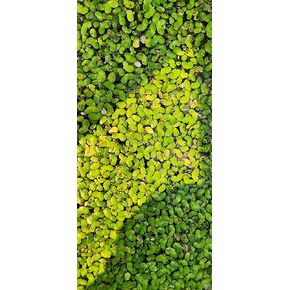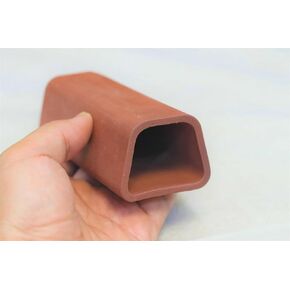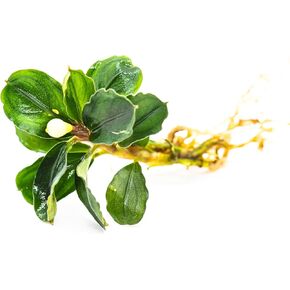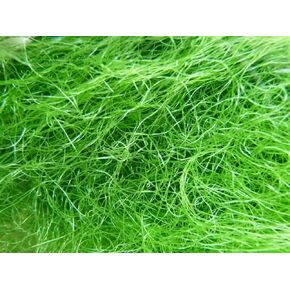- Shopping, made easy.
- /
- Get the app!
1 mature plant with bulb (sizes vary) of Nymphaea Zenkeri or Nymphaea Lotus var. Rubra or Red Tiger Lotus. Ready to Plant. Live Arrival Guarantee. Image is of mature plant, see additional pictures for samples of the bulb(s) you will receive. You can place the bulb directly in the substrate to ½ way planted, leaving the top sprouting area exposed, never fully covered. Once your bulb has developed a root system and has sprouted into a plant, it is not neccessary to keep it attached to the bulb. You can carefully remove the roots from the bulb and replant the existing mother bulb. The mother bulb can also develop baby bulbs, so watch for a smaller version of the mother bulb often found attached to the mature bulb. A wow-factor centerpiece plant that adds color and character to your tank. Red Tiger Lotus has 2 types of leaves: broad wavy edged arrow shaped submerged leaves or floating long stemmed lily pad-like leaves (also pictured). Tiger lotus grows well in small to large low tech aquariums with medium to high lighting and no CO2 needed. With their moderate size, easy care and growth rate, they are great for all aquarist from beginner to advanced. With colors from solid red to highly variegated green-red, they add natural beauty to your aquarium. Tiger lotus bulbs usually start growing within a week or so after planting. *The bulb will begin to acclimate itself to your tank, water parameters and lighting as soon as you set it in its place. So, pick a spot and then don't move it. This is your best bet to reducing shock and stress so that the plant can thrive fastest. Adding Iron and providing higher lighting levels promote more red coloration but is not required. (Pro Tip-remember that adding hours to your lighting also attracts algea to grow, so don't extend lighting hours) Tiger lotus are very versatile and can also be grown in Bonsai Bowls, Patio Water Features, Ponds and Paludariums. In all environments with enough light they are fast growers and will flower when left untrimmed. All bulb type plants can go through dormant periods where they shed their leaves and regrow after a few weeks.
 3,000-100k pc Live Duckweed (Lemna Minor) – 3-Day delivery, Organic Floating Aquatic Plant for Aquariums, Ponds, Aquaponics & Turtle Tanks | Natural Water Cleaner & Fish/Reptile Food | Live Culture
KWD 9
3,000-100k pc Live Duckweed (Lemna Minor) – 3-Day delivery, Organic Floating Aquatic Plant for Aquariums, Ponds, Aquaponics & Turtle Tanks | Natural Water Cleaner & Fish/Reptile Food | Live Culture
KWD 9
 Trapezoid-pleco Fish cave,Hide Away Caves for Plecos,Shrimp, Angelfish, Cichlids and More, Dark Red
KWD 4
Trapezoid-pleco Fish cave,Hide Away Caves for Plecos,Shrimp, Angelfish, Cichlids and More, Dark Red
KWD 4
 -3%
Bucephalandra Live Aquarium Plant Collection - Rare Aquatic Plants for Lush Aquarium Scapes, Natural Freshwater Fish Tank Decorations, Ideal Gift for Aquarists (10 Loose Plants)
KWD 14.500
-3%
Bucephalandra Live Aquarium Plant Collection - Rare Aquatic Plants for Lush Aquarium Scapes, Natural Freshwater Fish Tank Decorations, Ideal Gift for Aquarists (10 Loose Plants)
KWD 14.500
 Thin Chaeto Chaetomorpha Macroalgae Reef Coral Refugium Aquarium, (1 Cup., 05 OZ)
KWD 15.500
Thin Chaeto Chaetomorpha Macroalgae Reef Coral Refugium Aquarium, (1 Cup., 05 OZ)
KWD 15.500